Moto Gymkhana NYC 2021 Kicks off at Floyd Bennett
For riders with less overall riding experience, smaller bikes are favored because they just feel friendlier and more responsive. But in general, motogymkhana groups don’t classify by displacement or bike type. So, it’s best to bring whatever bike you’re most comfortable with.
Motorcycle in good working order — no loose bolts, no oil or coolant leaks … check. Tire pressure … check. Full face helmet, leathers … check.
More than a dozen diehard riders spent the early hours of Easter Sunday negotiating tight turns and technical maneuvers on a varied course which has seen action at Floyd Bennett Airfield for the past eight years.
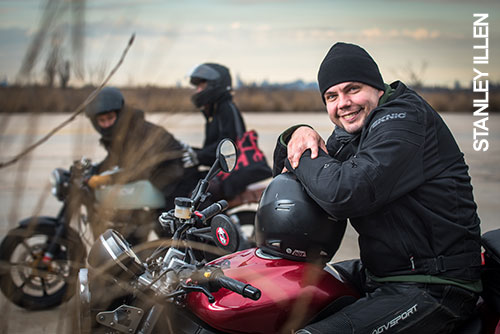 Moto Gymkhana NYC was formed out of one rider’s interest in the sport in 2012, an enthusiasm which grew over a few short years to include competitive events and even a 2014 championship series at the popular southeast Brooklyn concrete strip.
Moto Gymkhana NYC was formed out of one rider’s interest in the sport in 2012, an enthusiasm which grew over a few short years to include competitive events and even a 2014 championship series at the popular southeast Brooklyn concrete strip.
For Julius Ryan, who took over the club mantle in 2015 after original creator Stanley Illen moved away, motogymkhana events represent an opportunity to boost rider acumen and test a skillset under controlled and safe conditions.
“I like to think it helps with overall confidence in the front tire and trail braking (a technique combining both cornering and braking forces),” says Ryan, who currently negotiates local highways and byways on the back of a 900cc Yamaha FZ09 triple and started his riding adventures back in November 2012 after an MSF course. “Riders of all experience levels are welcome, and I try my best to give pointers and technique tips if any riders are struggling.”
The 33-year-old One Brooklyn Health ER nurse, who is responsible for laying out the courses, was born in Manila, Philippines and came to Brooklyn, NY in 1992. Since he first embraced motorcycling his experiences have included a Yamaha Champions Riding School class in 2013 and a California-New York round trip three years ago.
Moto Gymkhana NYC at Floyd Bennett Airfield, 2021, Easter Sunday — Eddie Bersomething
I like to think it helps with overall confidence in the front tire and trail braking (a technique combining both cornering and braking forces). Riders of all experience levels are welcome, and I try my best to give pointers and technique tips if any riders are struggling.
In gymkhana – an Indian term originally meaning ‘a place of assembly’ – riders hit the tarmac (proverbially … preferably not figuratively), maneuvering in the shortest time through a course set up with traffic cones. Adapted from an equestrian discipline, with moto events featuring cars or motorcycles facing off in time and/or speed events, the motorcycle variant originated in Japan during late ‘70s, and is now popular in the UK, Poland, Ukraine, the Netherlands and the US.
Competitive events feature classes based on rider experience, trophies and a format which allows for warmup runs to heat up tires and scout the course before entrants are challenged with the two official timed runs which test their throttle control, steering and braking ability. In these events, tire selection, weight reducing mods and even bike tuning plays a factor allowing your ride to be ultra-responsive in the lower gears … in tight course riders might only use first and second gear.
“This is where there’s a discrepancy between the attendance we have in NYC versus places like Japan and the UK,” Ryan says. “Your group placement in those organizations is determined by how close you come to the best time. Here in NYC, we are all in one group because its uncommon for us to have more than even 10 riders. So as a gymkhana NYC rider it’s better to focus on actual riding technique rather than bike set up, as you would see the most gains from that until you start hitting a consistent time.”
Locally motogymkhana events are a more casual affair, geared to the level of riders attending on any given Sunday, Ryan says.
“I attempt to cater to what the group that day wants to do, but nine out of 10 times we set up for fun courses designed to boost confidence through tight maneuvers,” he says. “In 2014 there were enough of us to set up a year-long championship series. The skill cap required for those kinds of layouts can be intimidating to newcomers, and we also just don’t have the guaranteed space or experienced organizers for both a fun casual warmup course and a competition course like they have in Japan and the UK.”
Moto Gymkhana NYC at Floyd Bennett Airfield, circa 2015 — Eddie Bersomething
If it’s mostly experienced gymkhana riders, then the course layout is like what you would see when you look up “motogymkhana” on YouTube: a lot of sections that loop on themselves, which start and end at a complete stop. For days like those you don’t get half the day to learn it, but we want to make sure people are able to finish two proper runs.
Course layout and the day’s itinerary literally depends on those in attendance.
“We have had a lot of newcomers, so for those days everyone gets a couple hours to gain confidence on the technical sections and (they’re) rewarded with some speed on the faster sections … Towards the end of the day maybe we will time people on a flying lap, if they are up for it,” Ryan says. “If it’s mostly experienced gymkhana riders, then the course layout is like what you would see when you look up “motogymkhana” on YouTube: a lot of sections that loop on themselves, which start and end at a complete stop. For days like those you don’t get half the day to learn it, but we want to make sure people are able to finish two proper runs.”
As an example, an ‘experienced’ course would begin in a start box and direct riders through different boxed off sections of the tarmac, each containing a different technical challenge … u-turns, figure 8s, etc. After the final challenge riders are required to finish in a ‘stop box’.
For newcomers, the courses are geared more to safety, “so people don’t ride into each other, and we minimize how intimidating they are,” Ryan says. “Those courses would look like a small, highly technical go-kart track with an area to ’pit out’ and ‘pit in’.”
Moto Gymkhana NYC events in the 2020s typically attract around 10 riders for several hours of coned trials, and a wide array of motorcycle types – cruisers, café racers, adventure and racing bikes, and even Groms – as well as a variety of riding skill levels.
Because of the tight course layout of gymkhana, smaller and lighter motorcycles often have an advantage over larger ones. However, courses may include long straight sections in addition to tight turns, so various sizes and styles of machine are potential contenders.
“For riders with less overall riding experience, smaller bikes are favored because they just feel friendlier and more responsive,” Ryan says. “But in general, motogymkhana groups don’t classify by displacement or bike type. So, it’s best to bring whatever bike you’re most comfortable with.”
That level of bike comfort can even extend to some interesting ride choices.
“We have three guys on these hulking American touring cruisers who joined in 2020. When they first rode through the course they would scrape their floor boards on the more technical sections. I thought they had gone down, but they just ride through it and make it look so easy.”
Moto Gymkhana NYC at Floyd Bennett Airfield, circa 2015 — Eddie Bersomething
I would also add crash bars or multipoint crash sliders to the list. The most common spill is a tip over from too much braking, or an unexpected stall. We do get up to speeds of 40 mph and accidents can happen, but thankfully the faster ones have not.
The event’s slower speeds make it a relatively safe environment for skills enhancement … even straighter sections rarely see speeds exceed 40 mph. However, spills occasionally do happen in a format which challenges rider concentration and balance.
“It does happen,” Ryan says, “but in a year from May-October we might get three spills … usually a tip over or very slow lowside. A bike would have to already be barely functional in order for a gymkhana crash to render it unrideable.”
In competitive events riders are generally required to wear a full-face, racing-style motorcycle helmet. Open-face and half helmets are not recommended. Motorcycle gloves and elbow protectors are compulsory, and protectors for shoulders, chest, and back are recommended. Other choices for protection include a leather jacket or leather racing suit with built-in protectors. On the lower body, riders must wear knee protectors on pants. Protectors for hips and shins are also recommended. Riders may wear boots without laces or racing boots.
In the more casual NYC environ all are recommended, and a cursory glance at photos from past events shows participants fully geared up.
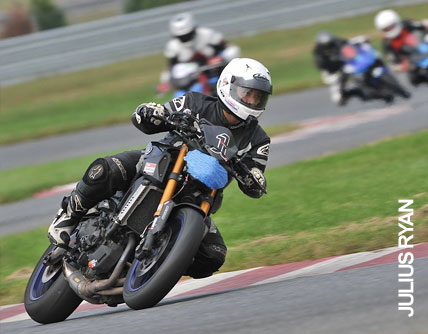 “I would also add crash bars or multipoint crash sliders to the list,” Ryan adds. “The most common spill is a tip over from too much braking, or an unexpected stall. We do get up to speeds of 40 mph and accidents can happen, but thankfully the faster ones have not. While not everyone can afford a full race suit, I run a little riders’ meeting, before I let everyone on the course, confirming that they acknowledge the risks they are taking, and that all motorsport is potentially harmful without proper caution.”
“I would also add crash bars or multipoint crash sliders to the list,” Ryan adds. “The most common spill is a tip over from too much braking, or an unexpected stall. We do get up to speeds of 40 mph and accidents can happen, but thankfully the faster ones have not. While not everyone can afford a full race suit, I run a little riders’ meeting, before I let everyone on the course, confirming that they acknowledge the risks they are taking, and that all motorsport is potentially harmful without proper caution.”
Moto Gymkhana NYC events have a guerrilla-style organization, primarily due to their chosen venue: Floyd Bennett Airfield is on federal property and patrolled by parks police. And while the airfield is consistently used by small groups for ‘unofficial events’ and is a common locale for new drivers to practice their skills before DMV testing, unpermitted groups using the runway are often asked to leave if they operate for an extended period of time or look ‘too organized’.
Hence, on site there is no ‘official’ organizer. And events are free, but weather dependent.
“As long as they are at Floyd Bennett Field, and we can be told to leave at any time, they will be free,” Ryan says. “When park police do come by, they ask for a permit, which is exorbitantly expensive to acquire for events on federal grounds. So, they just tell us to pack up and get out before they start asking for licenses and registrations.”
As to the weather, Ryan adds: “We can organize in the wet, but because of the way the runway was built, 90 years ago, a lot of standing water forms. Once the rain is heavy enough for that, the day comes to an end.”
Ultimately, Ryan hopes the events will gain enough credence in the US to be considered a ‘driving course’ with the benefit of moto insurance discounts being offered to riders who achieve a level of proficiency in their recorded runs. He’d also love to have some help organizing and setting up course, especially on Sundays when he is unavailable.
You can find out more about Moto Gymkhana NYC, through their private Facebook group page. Sign up or an invite from an existing member are required to join, but in return you’ll receive updates and info on upcoming events.
The site boasts 450+ members, but Ryan says a majority are motogymkhana enthusiasts from around the world … it’s a tight knit and vibrant community. Locally the core group comprises about seven stalwarts, who also ride together outside of gymkhana sessions.
As to events, current pandemic health conditions are in effect: Participants are required to wear masks when attending, even if vaccinated for COVID-19. And if you show symptoms of the pandemic, please refrain from joining. Additionally, bikes with loud pipes and riders who want to use the time to race or pull wheelies are discouraged from attending, as it only increases unwanted park police scrutiny on legitimate gymkhana participants.

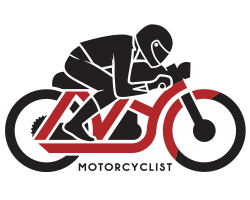

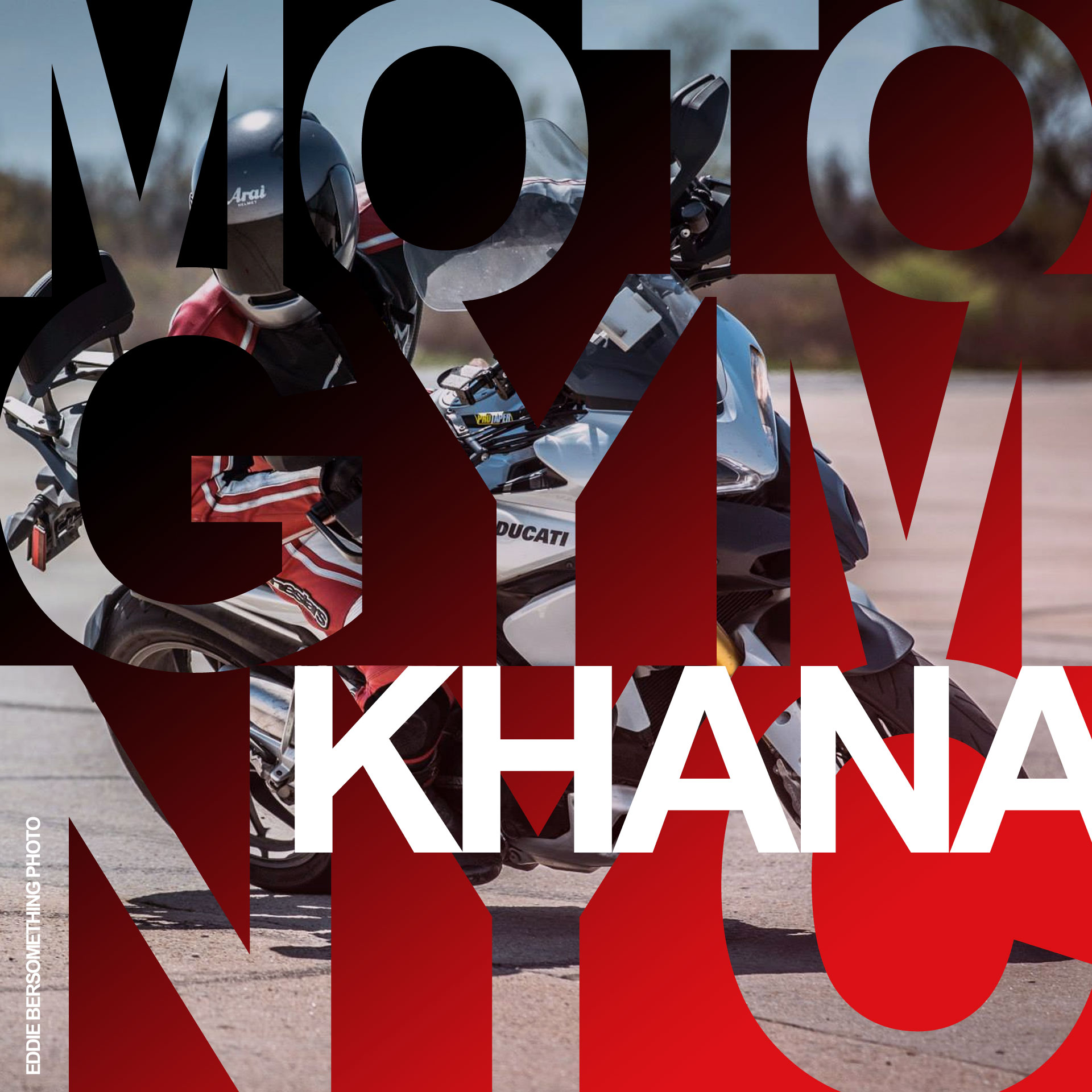
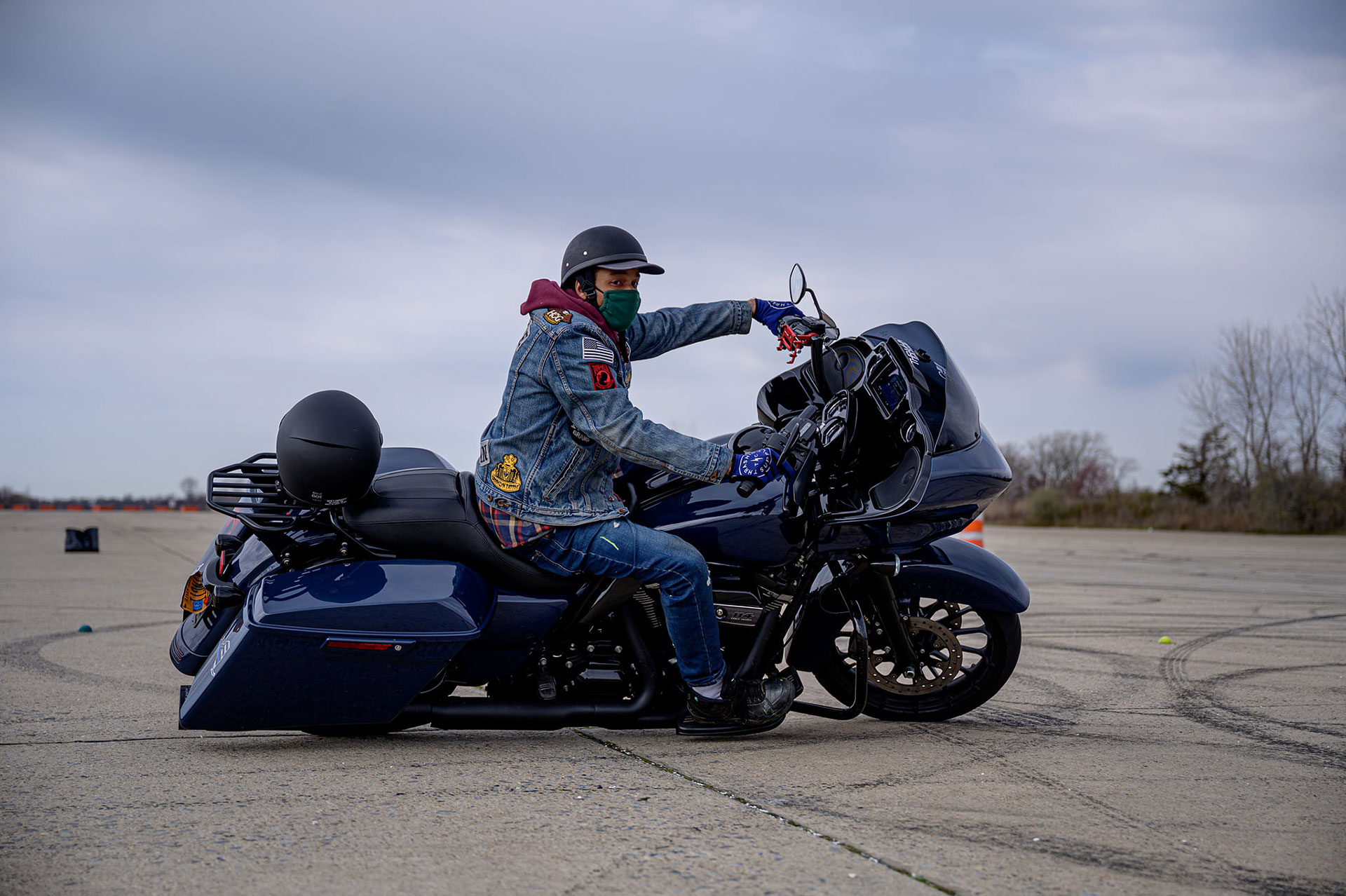
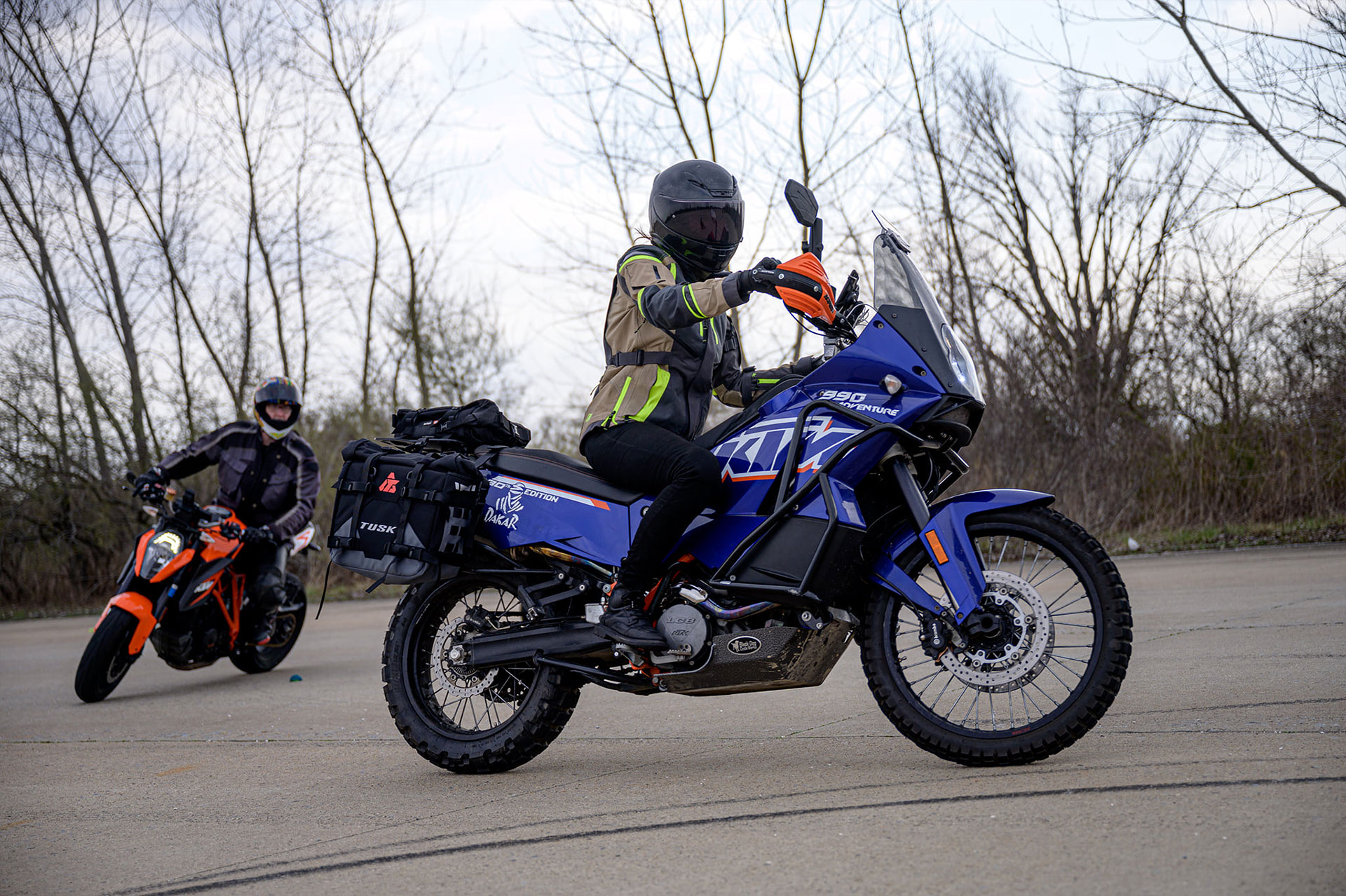
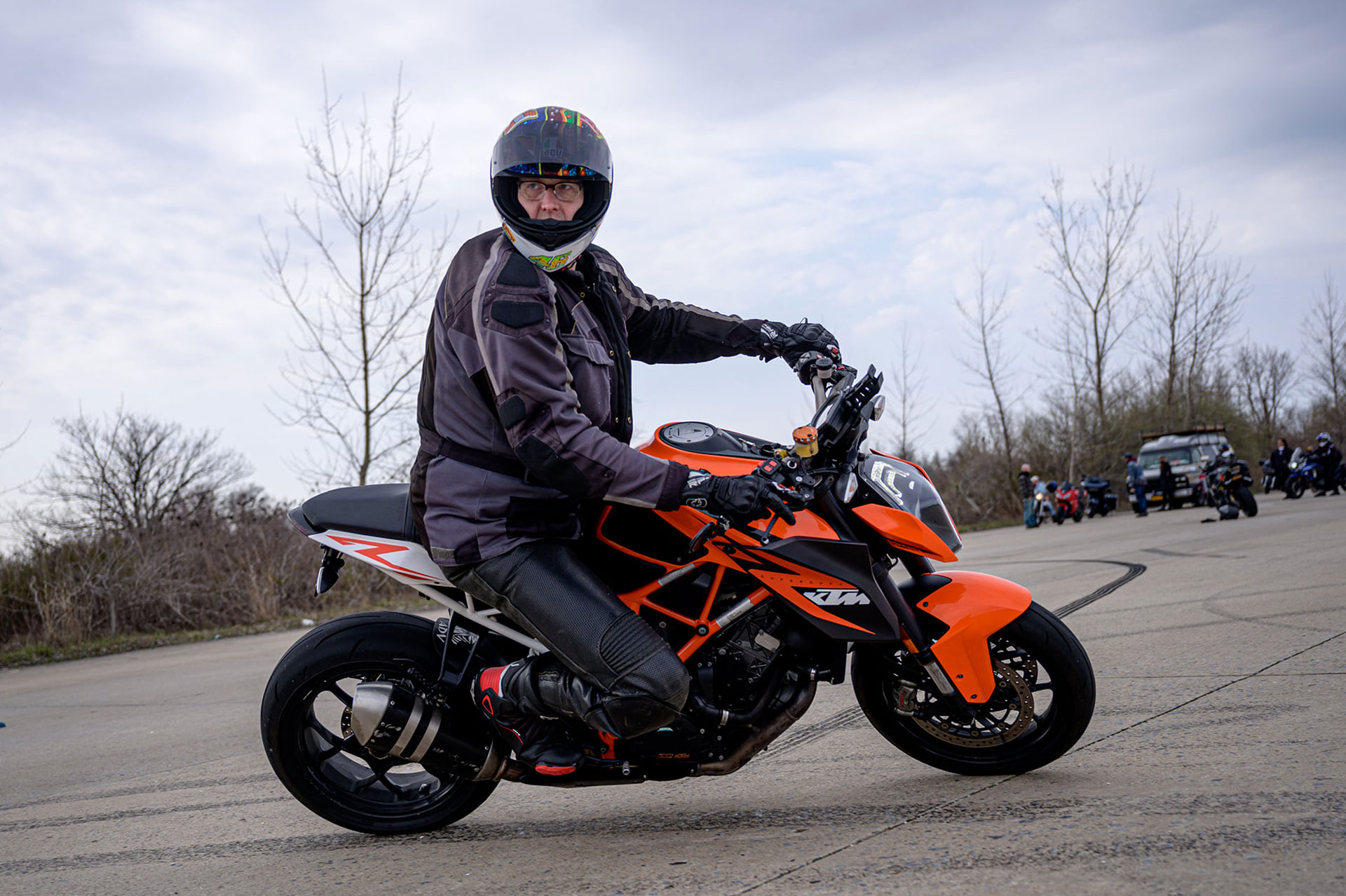
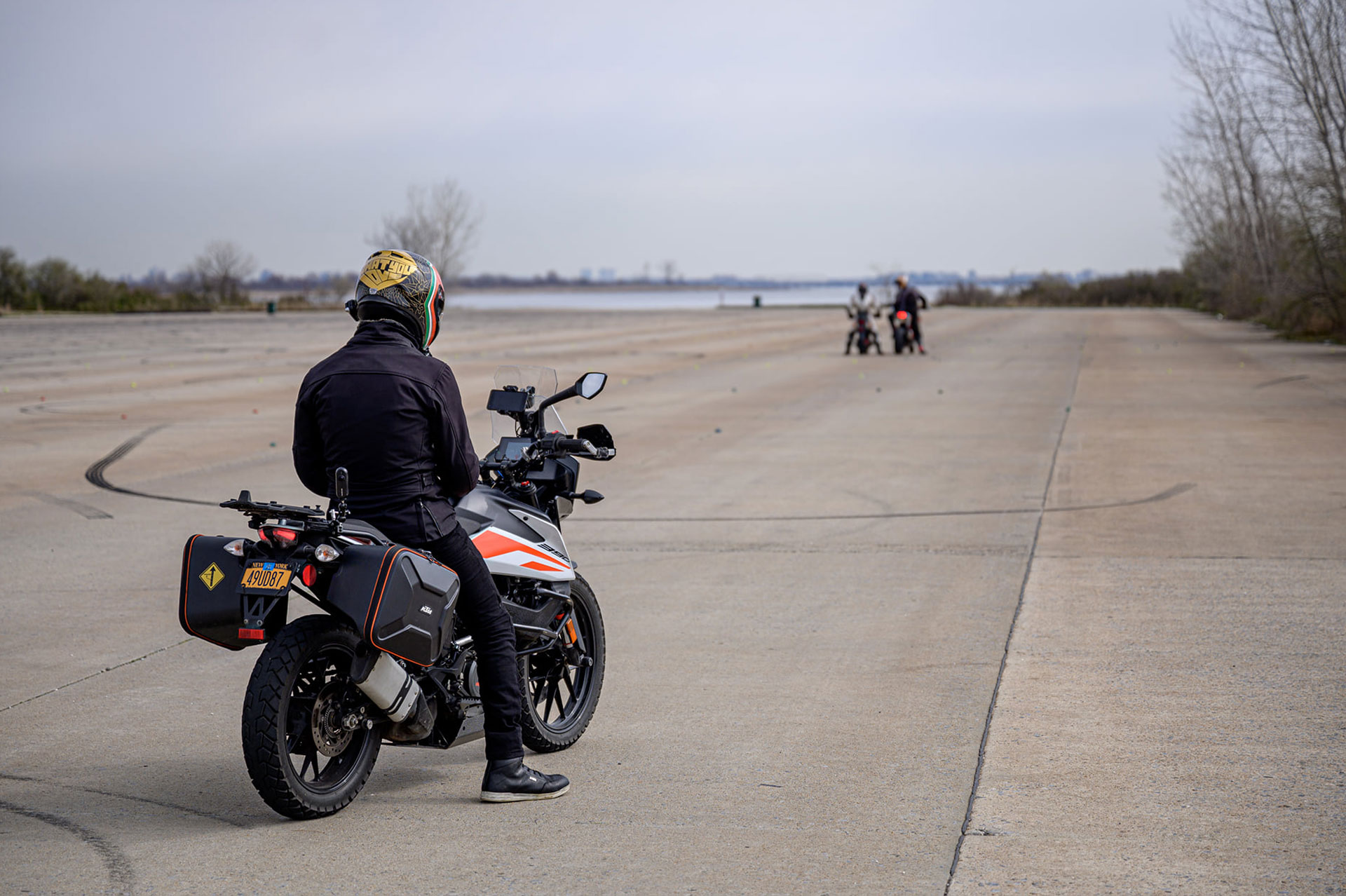

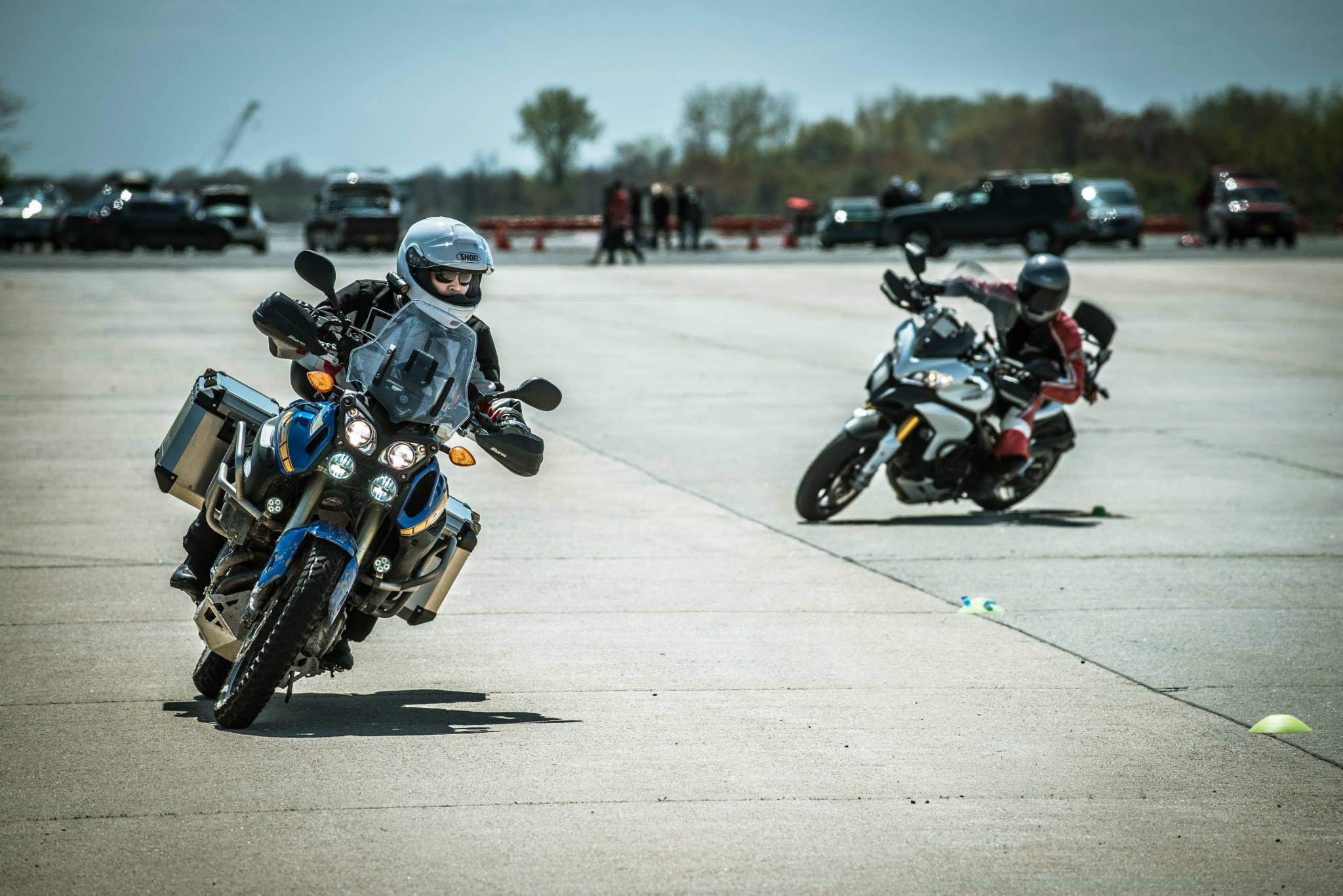
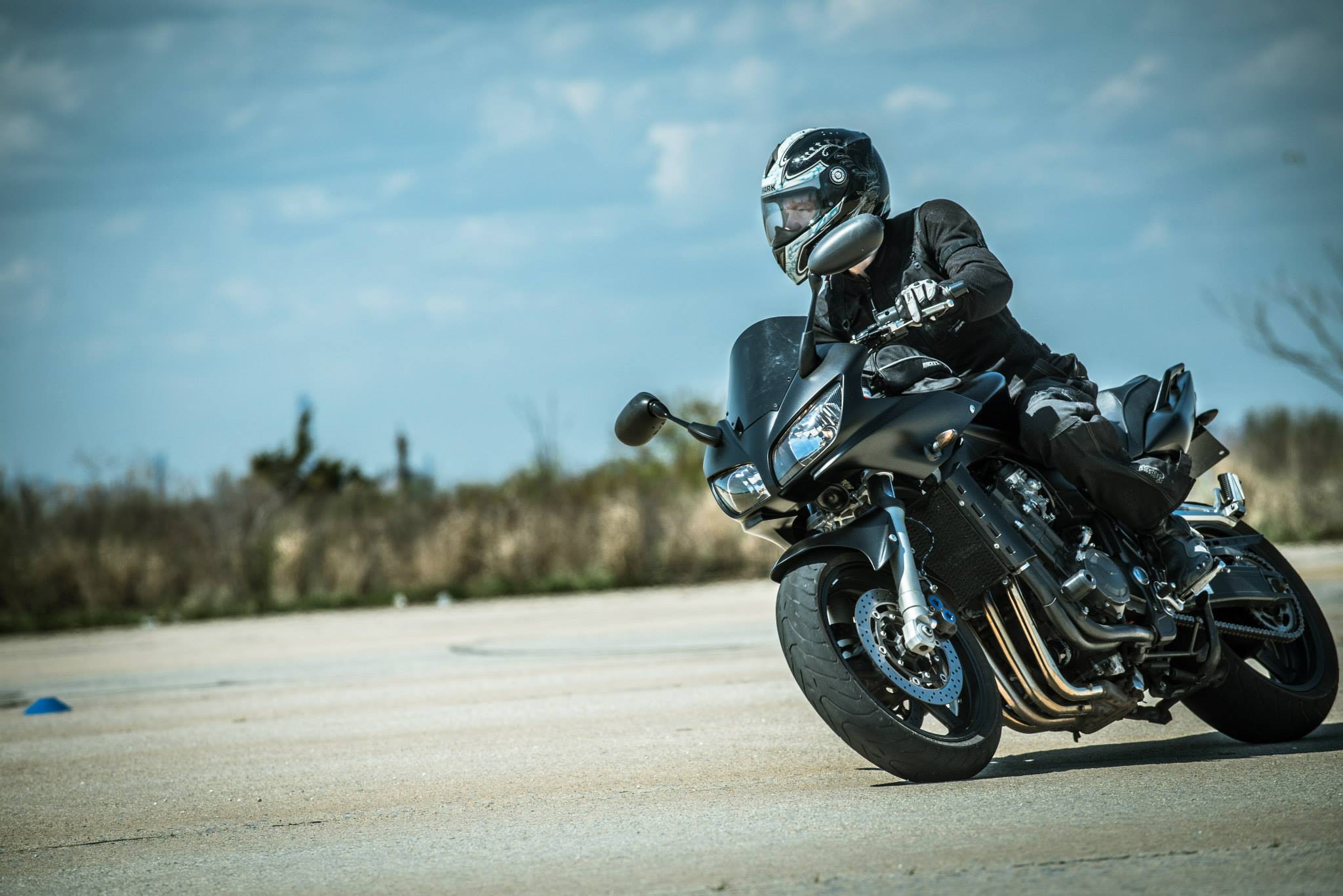
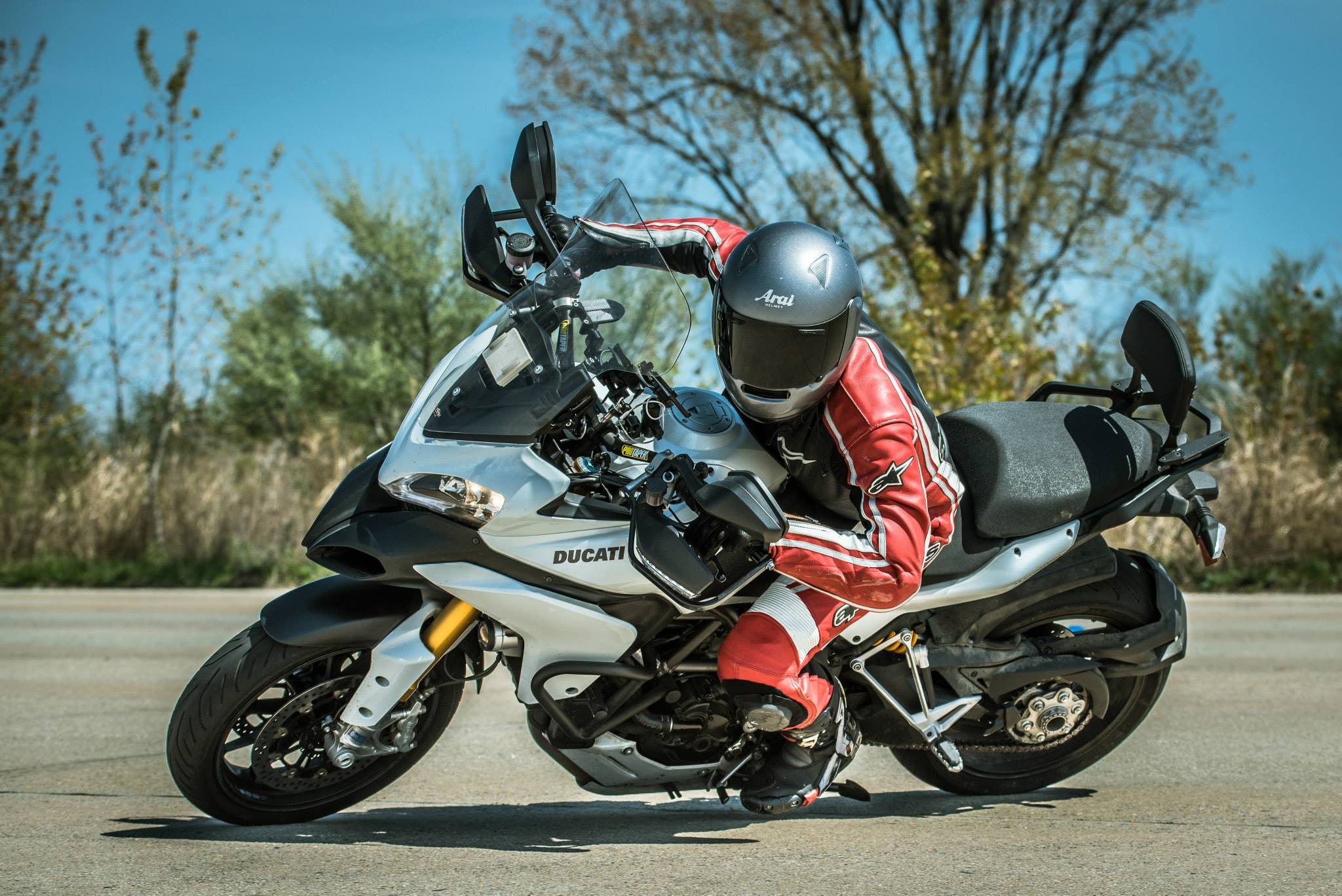
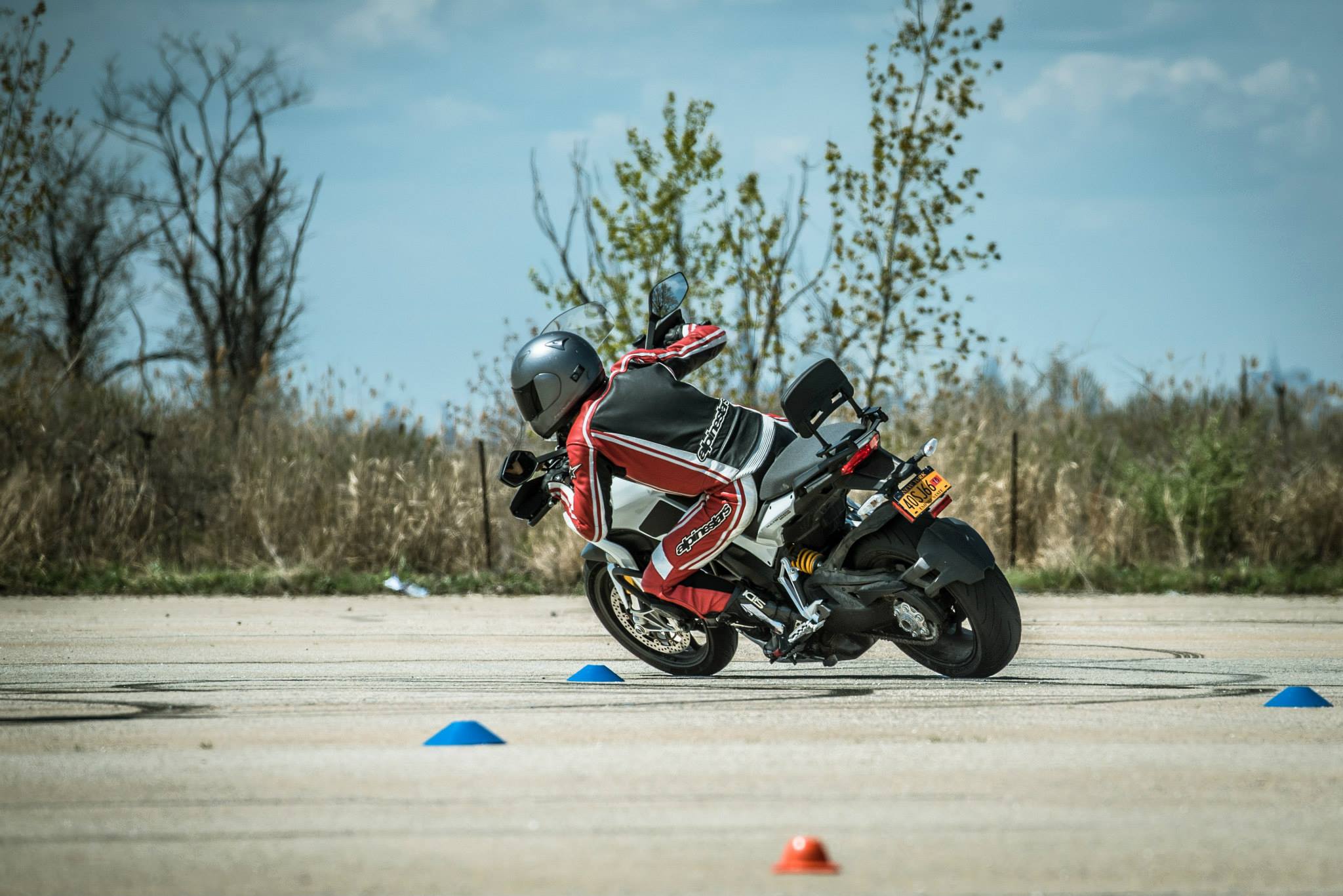
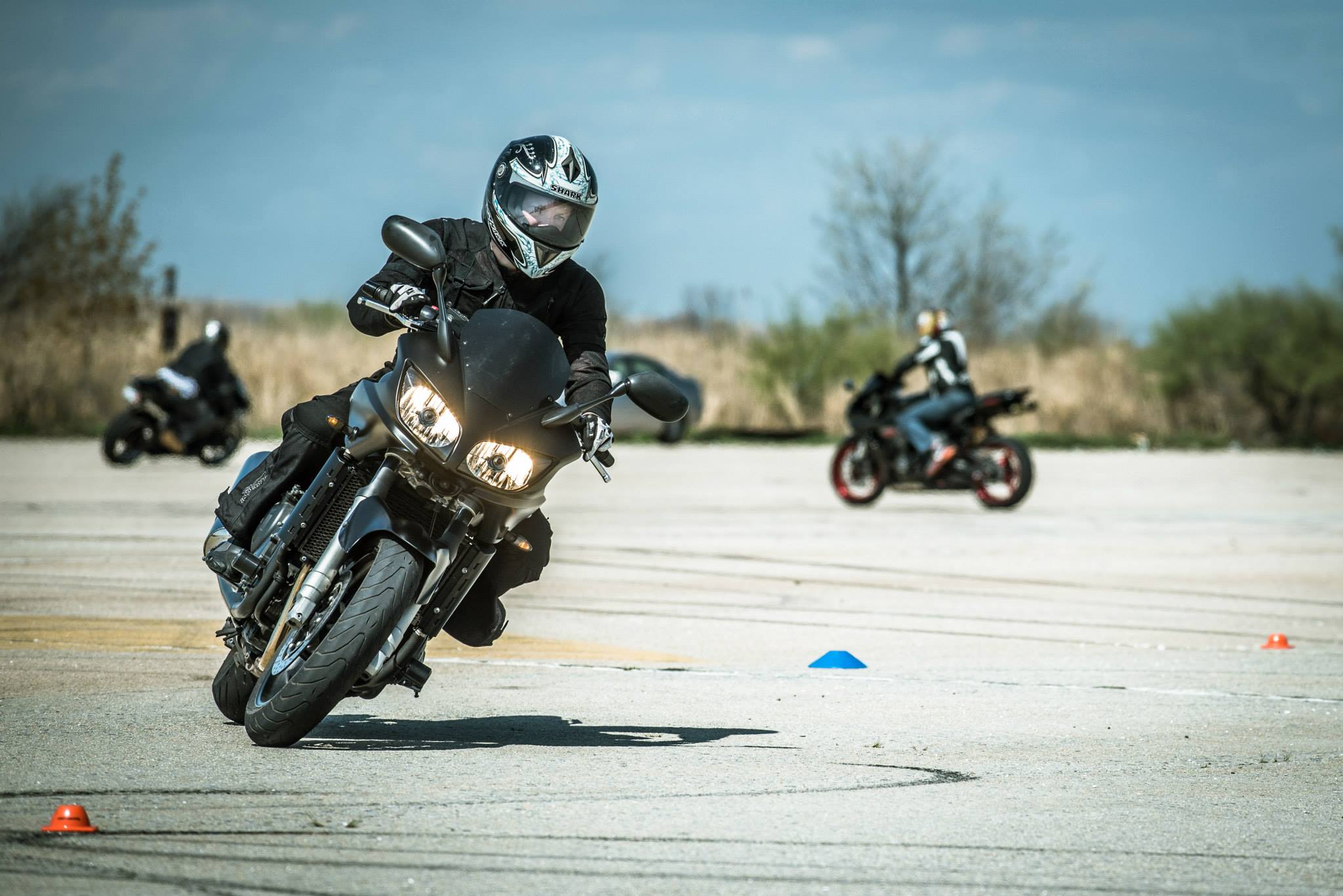
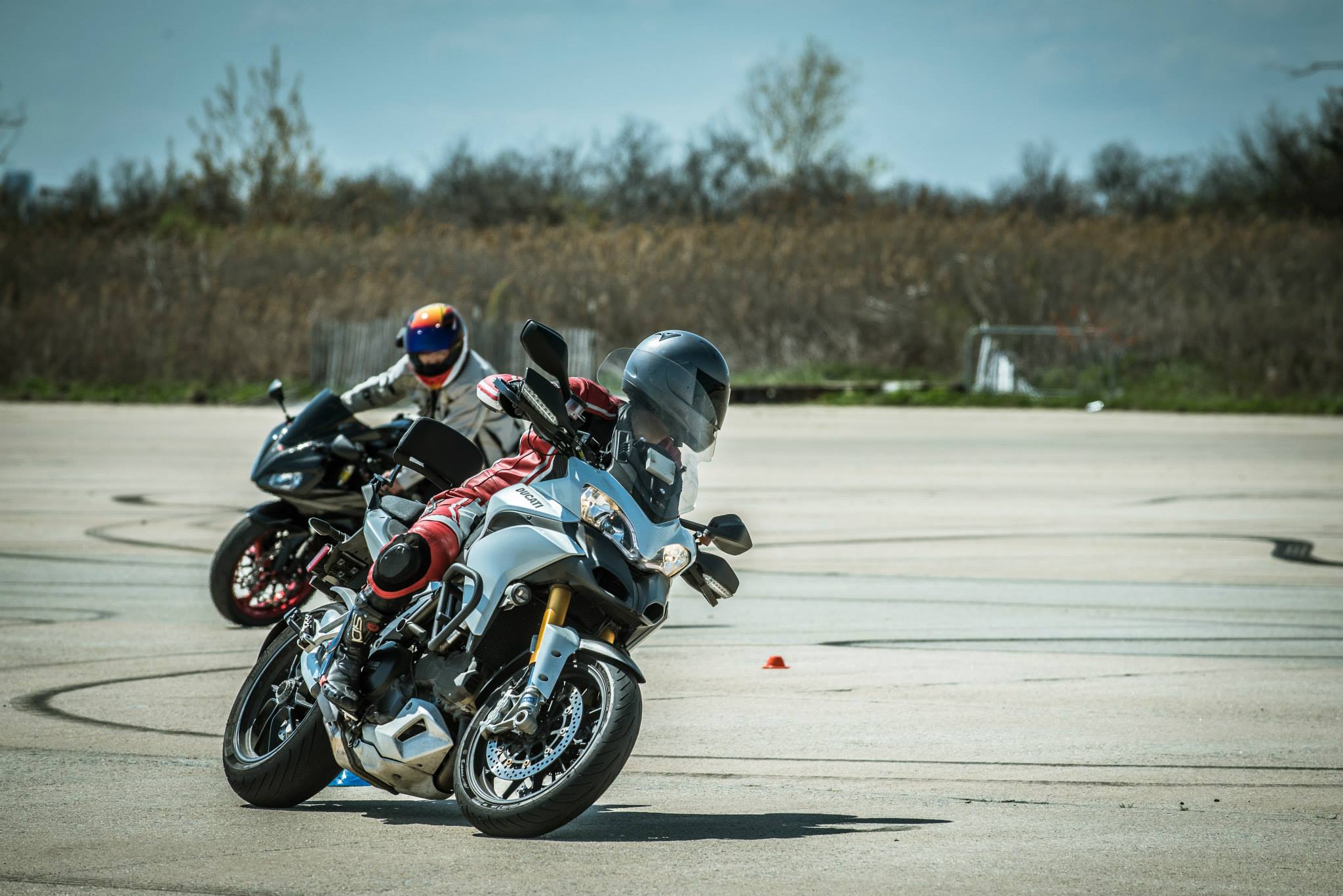


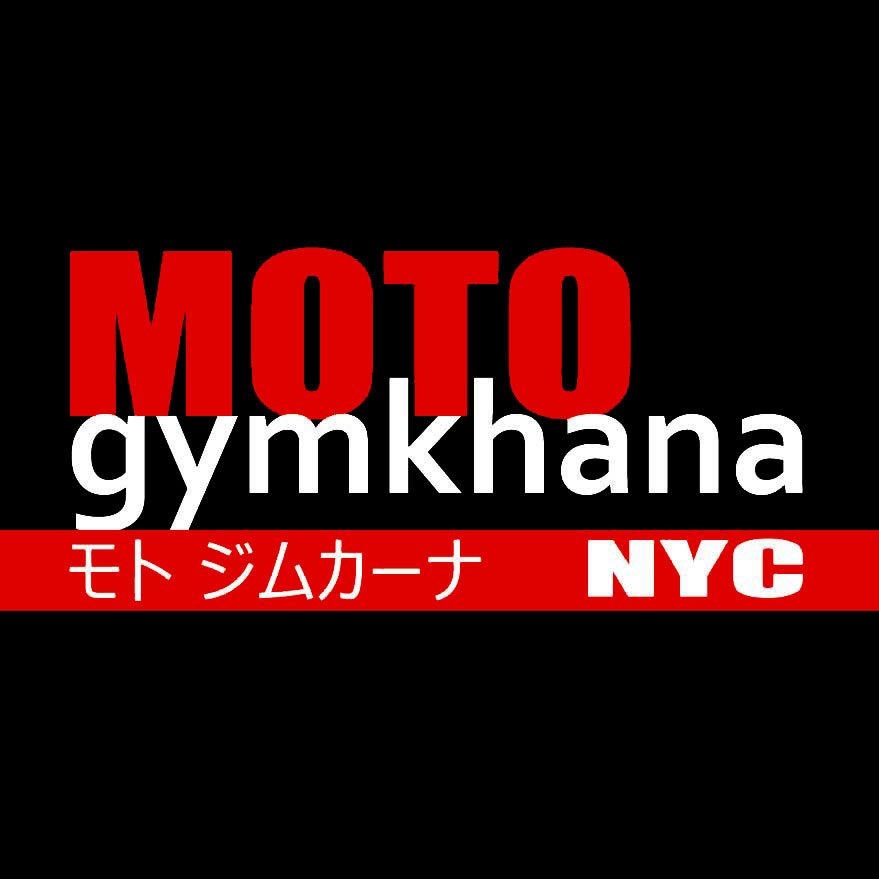
Are leathers required?
They are highly recommended.
I love seeing this and how much it has grown. I am sure you guys are so fast right now. I went in 2013 when everyone was starting and Jerry and I were the only "fast" ones as we had some race experience. I am sure if I am in the city on a weekend and show up now, I would be the slow one.
Had no idea.
@motovana @doctor_spaceman @authenticnovelty - just because you’re always there to kick some butts :)
Nice
Is this every Sunday? What time?
@asanchez.5 usually way too early for a Sunday. But worth getting up for. The article has a link to the Facebook page. All events are published there. :)